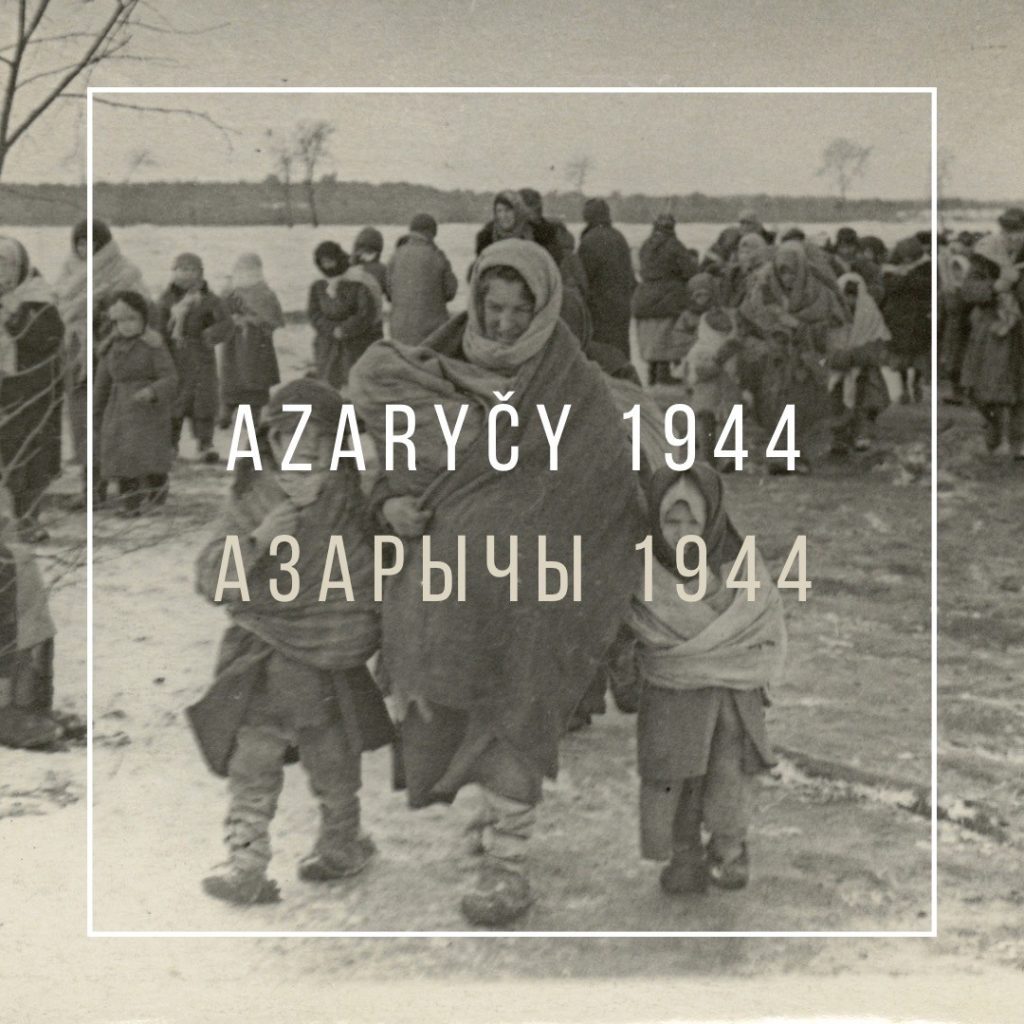The article, which was first published in a 2014 issue of the German newspaper Welt, recalls the war crimes committed by the German Wehrmacht in the Azaryčy region of Belarus.
In March 1944, German soldiers herded thousands of Belarusian civilians into a barbed wire prison in the Azaryčy swamp, where they were left to fend for themselves. Within seven days, thousands died of hunger, cold and disease.
The conditions in the prison camps were inhumane: people were crammed into very small spaces, without food or clean water. Hundreds were shot on the way there. The 9th Army considered the measure a success, as it contained the spread of disease, among other things.
Following the capture of the area by the Red Army, thousands more civilians were liberated, many of whom later died. Although the commander of the 35th Infantry Division, Lieutenant General Johann-Georg Richert, was convicted by a Soviet tribunal and executed for his role in the operation, his superior, General of Armored Troops Josef Harpe, went unpunished and died in Nuremberg in 1968.

“After seven days, around 9,000 people were dead. A death rate that was only surpassed by the German extermination camps on occupied Polish territory, such as Auschwitz-Birkenau, Treblinka or Sobibor. Nobody knows how many more died shortly after liberation by Soviet soldiers – it is quite possible that there were thousands more.”1 (Translation of the German original)
- Kellerhoff, Sven-Felix: Wehrmacht ließ in Lager „nutzlose Esser“ verenden. Access via: welt.de/geschichte/zweiter-weltkrieg/article125647121/Osaritschi-Wehrmacht-liess-nutzlose-Esser-in-Lagern-verenden.html, 22.06.2022 (last checked: 30.06.2024). ↩︎

